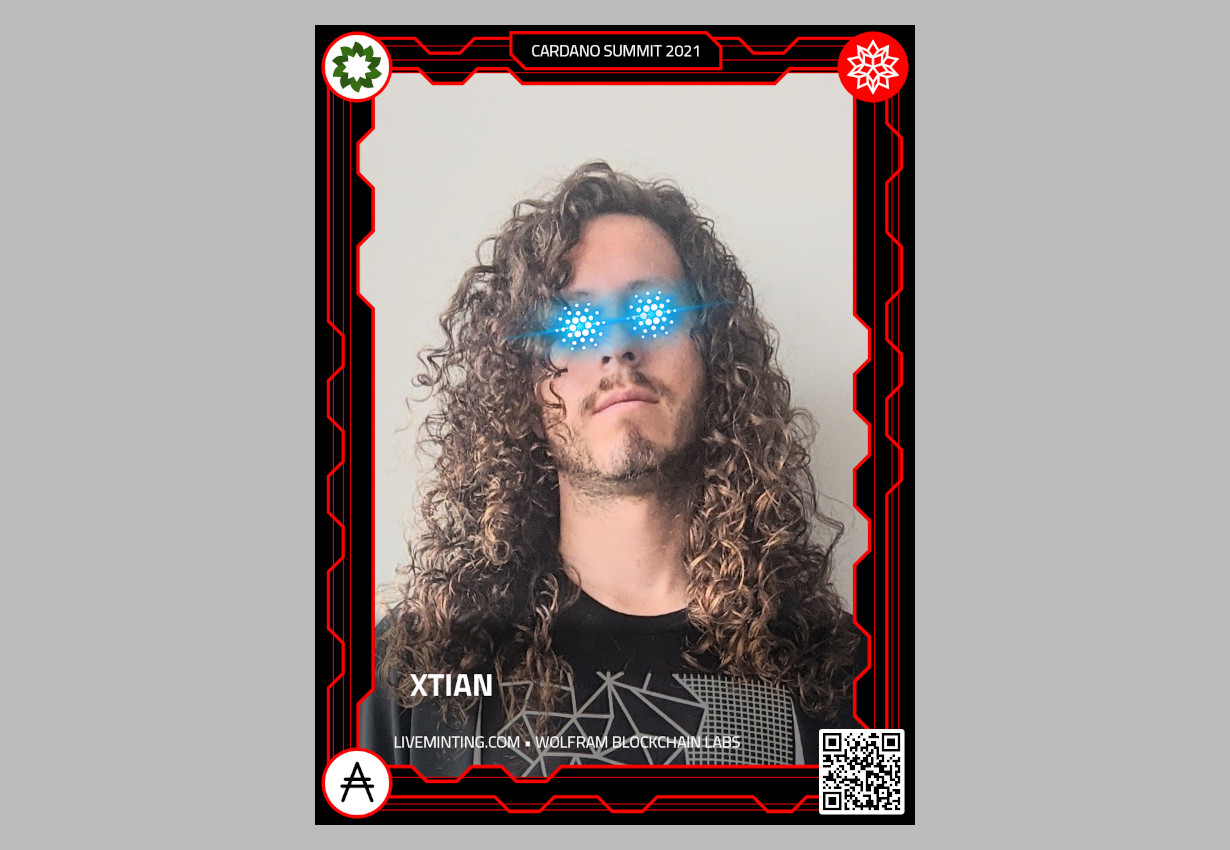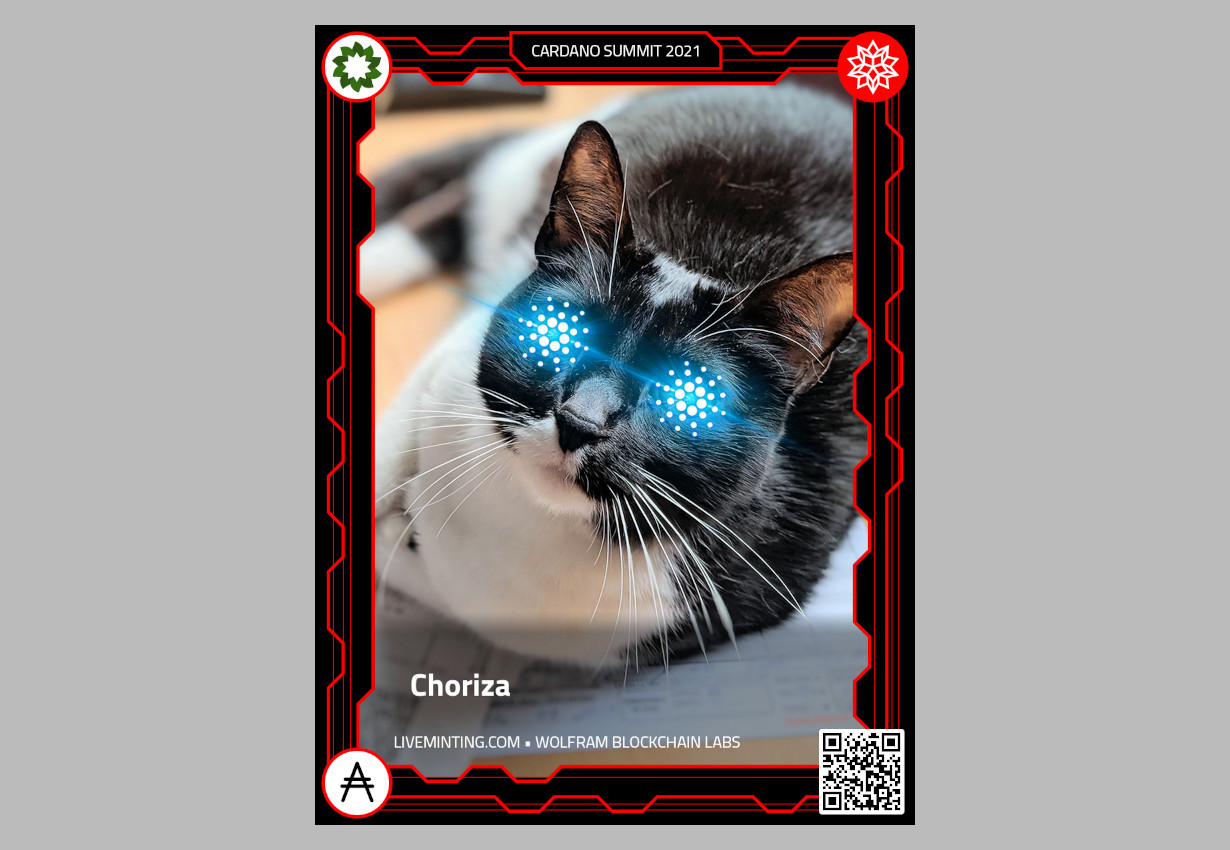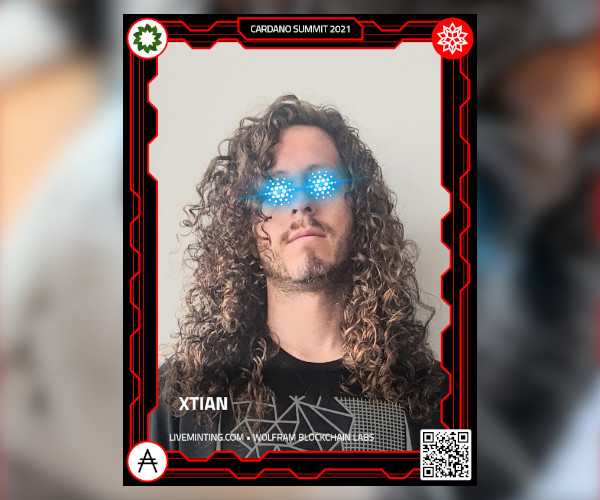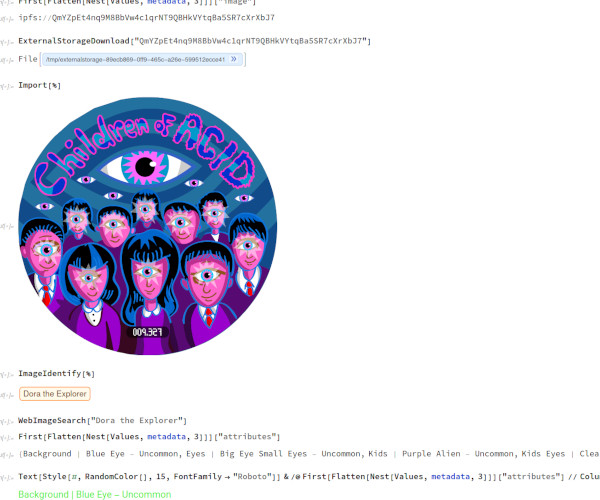Copyright © Christian Pasquel. All Rights Reserved.
3 min
2021
#NFT #Cardano #AI #Liveminting
Conception
This NFT collection was conceived by Jon Woodard and I as a follow up to the Stephen Wolfram Cellular Automata NFT auction and to be part of the Liveminting project. Jon proposed the idea of using the crypto laser eyes meme to create NFTs for the Cardano Summit 2021. I then wrote a simple prototype using Wolfram Language that used AI to add a laser eyes effect to a picture. After seeing the working prototype, we decided to continue with the project. The goal was to create a web app for users to upload a photo of their face and get a customized NFT that used the provided image with laser eyes effect added to it.
Development
We shared the protoype with Wolfram's Design Director who very quickly got back to us with a pretty nice function based on my prototype that featured laser eyes using the Cardano's ada cryptocurrency logo as part of the effect. It also used some math magic to compute the size of the laser eyes and their orientation:
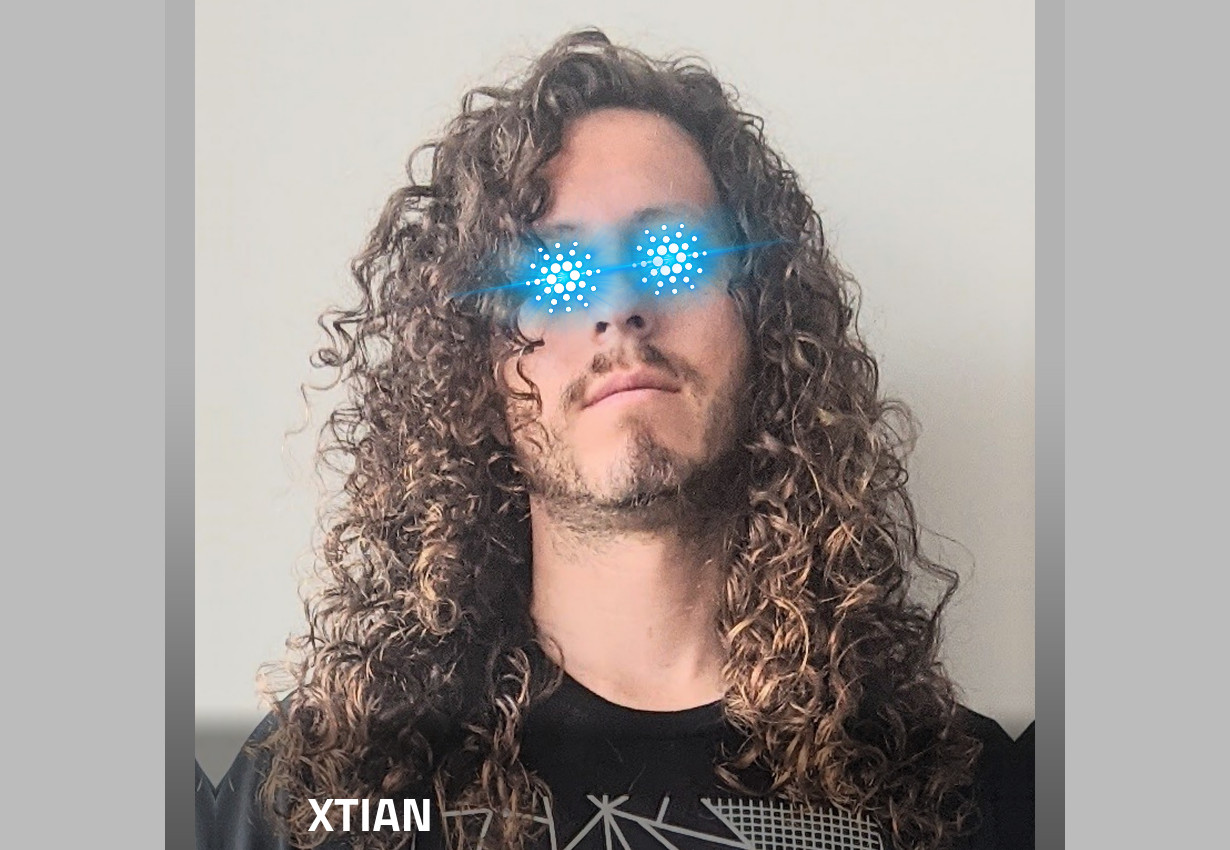
Pretty clever tricks IMO. With that function, I created a web form that allowed users to provide a picture of their human face, their name and Cardano address:
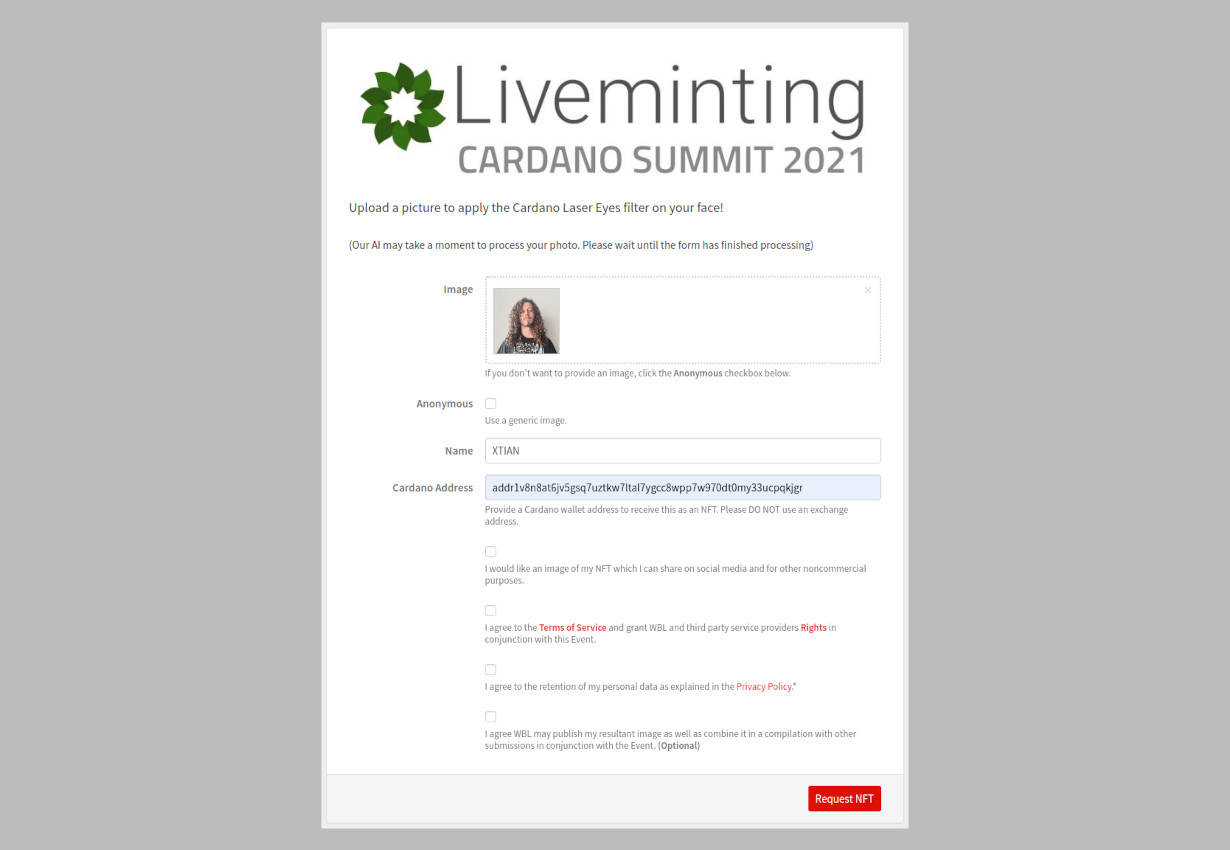
The web form saved the data to the Wolfram Cloud to be used during the Cardano Summit to generate and mint the NFTs.
Design and Liveminting
We wanted the NFTs to be more than just an image so we came up with some ideas to add some layers of data and metadata to the assets. First, the design team prepared different types of frames for the images people submitted with the web form. Some can be seen here:
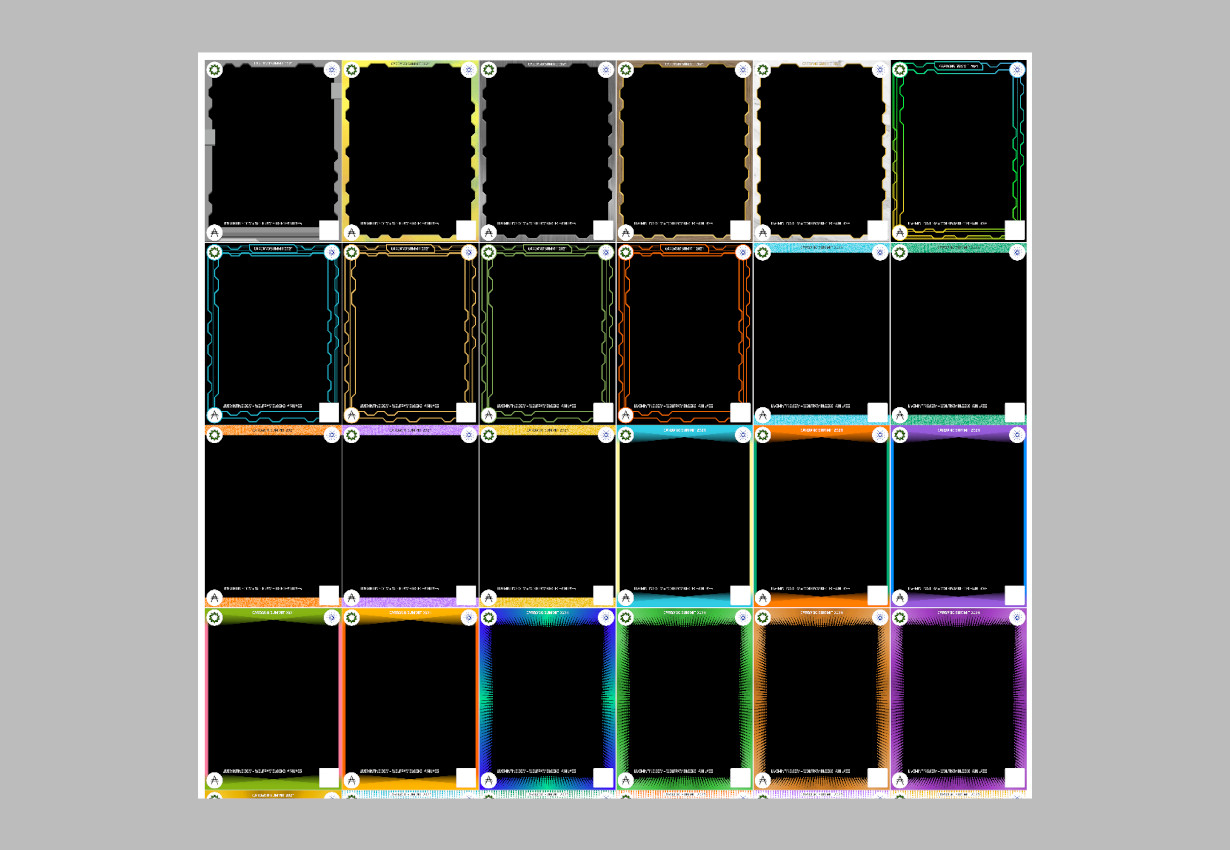
I met with Piero Sanchez to think of how we could structure the metadata of the NFT so it's potentially useful for different use cases in the future. Inspired by what the Cardano NFT community was already doing, we defined a set of attributes of the NFTs. One of these properties was called Rarity and was supposed to represent how rare the NFT is in the collection. For this, Leanne Usher and Jesus Hernandez worked on a function that generated a Fibonacci-ish probability distribution of the frames. Piero and I came up with human readable names for different ranges of the probability distribution. Leanne also suggested we should use our Wolfram artificial intelligence to name the frames. I decided to use two NFT properties to use the AI. I added a new property called Aura that is computed by extracting the dominant colors of the frame and create a string from the names of the colors. Now, to name the frame using AI I thought of taking the Aura property as an input parameter of WebImageSearch, which is a function that returns a list of images found on the web using the input string as search query. Then, I take the first image from the results and run it through ImageIdentify, which uses machine learning methods to identify what's in the image. I use the results as the Type property of the NFT. Finally, I wrote some code that links a custom QR code included in each NFT that redirects to a Wolfram Cloud Notebook that explains the basic process to create the laser eyes effect and incorporates examples that use the original image provided by the user.
Once we had all the pieces ready, we scheduled a liveminting session where we went through the process of creating the NFTs for the Wolfram team involved with the project. You can watch the liveminting session here:
We minted 622 tokens under the time locked Policy ID: fda841239e7f18887cdd2eb70cab20bf93080206f5b6ce50da11e6ac. Special thanks to Patrick Tobler who provided orientation regarding the CIP-25 NFT Metadata Standard. These are some of the NFTs we minted:
